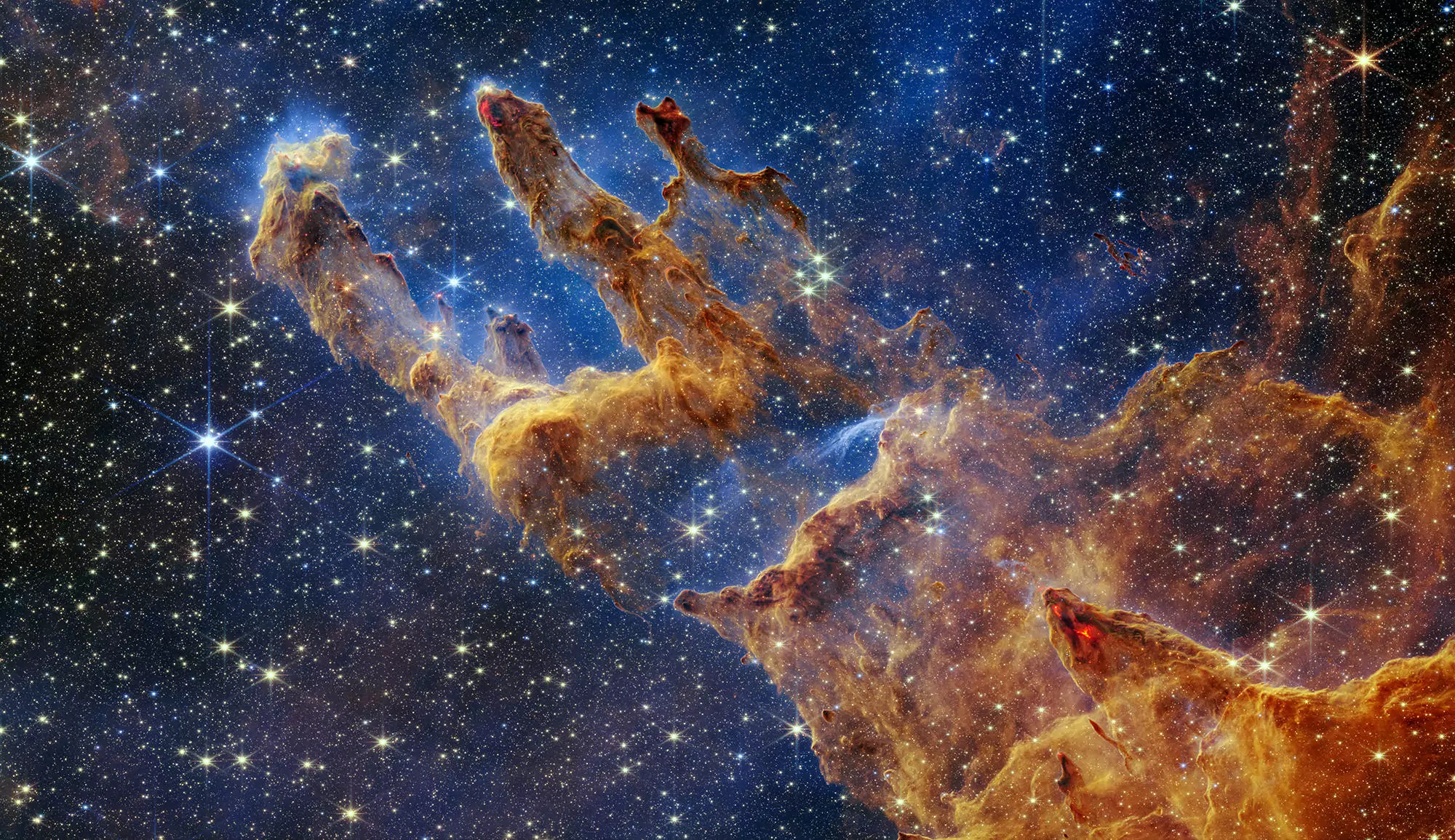
2006
Page 1 - résultats 1 à 10

VIRTIS dévoile la température de surface de Vénus
La sonde de l’ESA, Venus Express, a obtenu la première carte à grande échelle de la température de surface dans l’hémisphère sud de Vénus, une planète très...

Les planètes se forment-elles autour des étoiles naines ?
Plus de 200 exoplanètes ont été détectées autour d’étoiles proches du Soleil, la plupart grâce à la mesure de très faibles perturbations dans les vitesses...

Les étoiles Be : des rotateurs rapides dès leur naissance !
Parmi les étoiles chaudes, certaines étoiles B sont connues pour être des rotateurs très rapides et pour s’entourer d’une enveloppe gazeuse anisotrope....

Une planète géante baignant dans la magnétosphère de son étoile
Une équipe internationale de chercheurs, dont deux astronomes du LESIA (Observatoire de Paris, CNRS, Université de Paris 6 et 7), vient de découvrir un...

L’histoire différente des galaxies naines voisines de la Voie Lactée
Les galaxies naines qui entourent la Voie Lactée ont-elles la même composition qu’elle ? Font-elles partie de ces briques de base qui ont formé les galaxies...

Chlorophylle et ozone au clair de la Terre
Lorsque les missions spatiales pourront détecter des planètes semblables à la Terre, il sera important de connaître quels sont les indices de la présence de...

Une nouvelle catégorie de régions H II dans les Nuages de Magellan
Une étude menée par les chercheurs de l’Observatoire de Paris met en évidence la présence d’une nouvelle classe de régions H II compactes, Low-excitation...

25-26 Octobre 2006 : Lancement de la mission STEREO
Le projet STEREO repose sur la collaboration internationale de plusieurs laboratoires (dont le LESIA, de l’Observatoire de Paris). Son objectif principal...

La galaxie d’Andromède, victime d’une collision frontale
La structure du disque d’Andromède (ou Messier 31) la plus grosse galaxie spirale du Groupe Local, a toujours été un mystère : la carte du gaz interstellaire...

Abondances primitives de C, N , et... les problèmes de mélange à l’intérieur des étoiles
Observer les étoiles les plus vieilles de notre Galaxie est un moyen essentiel d’explorer l’histoire de sa formation. Comme le gaz interstellaire dont sont...